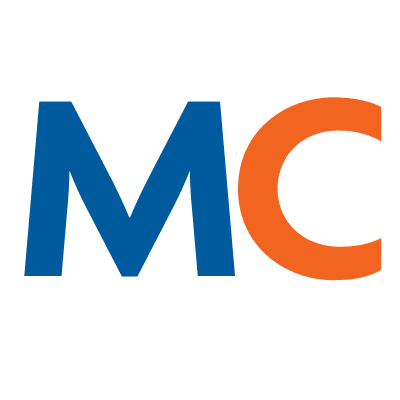- Solutions
- Solutions
- Home Health
- Hospice
- Life Plan Community
- Palliative Care
- Private Duty
- Senior Living
- Skilled Nursing
- Skilled Nursing
- Skilled Nursing Software
- Advanced Insights
- Customer relationship management
- Data and analytics
- Financial & operations management
- Marketing
- Nutrition management
- Referral management
- Regulatory compliance
- Retail management
- Resident engagement
- Revenue cycle management
- Skilled nursing interoperability
- Partners
- Blogs
- Resources
- About

Organizational change management – The key to success for any project involving people
In conversations with clients and prospects, I am often asked what the key to a successful software implementation is. My answer used to revolve around what will happen in the project, something in the realm of “inspect your data, as high-quality data will create high-quality results.” However, through many years of managing projects, I have come to know that the true success of any project comes from the people who are involved- not the “what” but the “whom.” With the right team, one that has bought into the vision, you can achieve any goal. This can be achieved with a focus on Organizational Change Management (OCM). And the good news is, this is relatively easy to do but it is very often missed in projects. In this article, we will explore the four elements of a holistic OCM strategy. These elements are:
- Stakeholder Analysis
- Communication Plan
- Training Plan
- Ongoing Governance Plan
First, let’s start at the beginning: the stakeholder plan. You are not able to create a holistic strategy until you perform a detailed analysis of who will be affected by your project. My favorite tool for this analysis is the onion diagram. Starting at the center, identify the most affected groups of people (stakeholder groups) then move out in layers to those who will be the least affected. Once you have all of these groups identified, spend time answering the following questions for each group:
- Why is this project important to this specific group/what will be gained?
- What will this group lose as a result of the project?
- What is the current level of buy-in by the group and what is the necessary level for the project to achieve success?
- Which groups have the greatest impact on project success?
Once you understand your audience, the specific message this audience needs to hear, and which groups need the most focus, you are ready to begin your communication plan. A good communication plan ensures you are effectively communicating the who, what, when, how and to what extent, in addition to the global why (what’s in it for the business?) and the individual stakeholders’ why (what is in it for me and what will I be losing?). Be sure to not only plan the content, media, and who is delivering the messages, but also plan who, when, and how you will collect and process feedback, always keeping in mind that communication is a two-way street.
Now into the guts of the change, an effective training plan. For this, you need to have a deep understanding of who needs to learn to do something differently as a result of the change/project. Hands-on training, preferably delivered by someone they know and trust, seems to have the most lasting impact on adult learners. However, keep in mind that there are many different styles of learning and all people learn and adapt to change at a different pace, and some never will. So, spend time analyzing the best approach for the stakeholder groups you identified as the most important to the project’s success and adjust from there.
Lastly, your project isn’t over until you have an ongoing governance plan to help your change last and continue to improve over time. This is especially important if your change is to implement SaaS-based software. Gone are the days of the on-premises, installed system that you install once and never update or improve until you replace it again 10 years later. Your governance plan needs to include monitoring adoption of the system (including who is taking what action at what frequency), deciding how to deal with those who choose not to adopt the change, how to train new people, and how to adopt the new features and functionality that will be coming 3-4 times a year.
By implementing an effective OCM plan and including a well-executed governance plan as described above, any project can achieve the initially desired outcomes and have a lasting return on investment.
Request a demo today for a closer look at MatrixCare.
See what MatrixCare can do for you
Tom Charpentier
Tom Charpentier, Director of Enterprise Deployments, leads our Enterprise multi-level and cross-functional implementation delivery team. He has been successfully leading complex SaaS software deployments for more than 12 years. Charpentier holds a Six Sigma certification, Project Management Professional (PMP) certification from the Project Management Institute (PMI) and a BA from the College of St. Scholastica.
Related Posts




See MatrixCare in action
Start by having a call with one of our experts to see our platform in action.
MatrixCare offers industry-leading software solutions. Thousands of facility-based and home-based care organizations trust us to help them improve efficiency and provide exceptional care.
© 2024 MatrixCare is a registered trademark of MatrixCare. All rights reserved.






